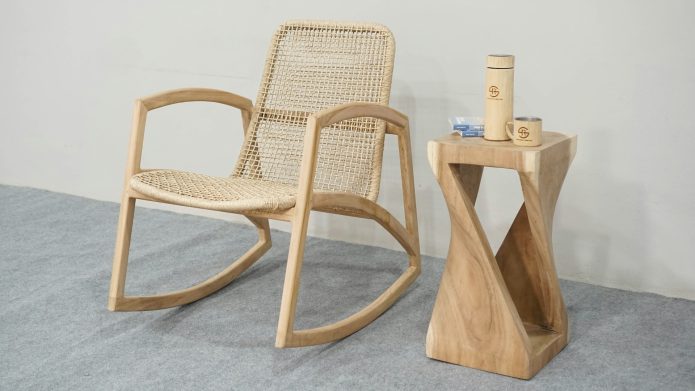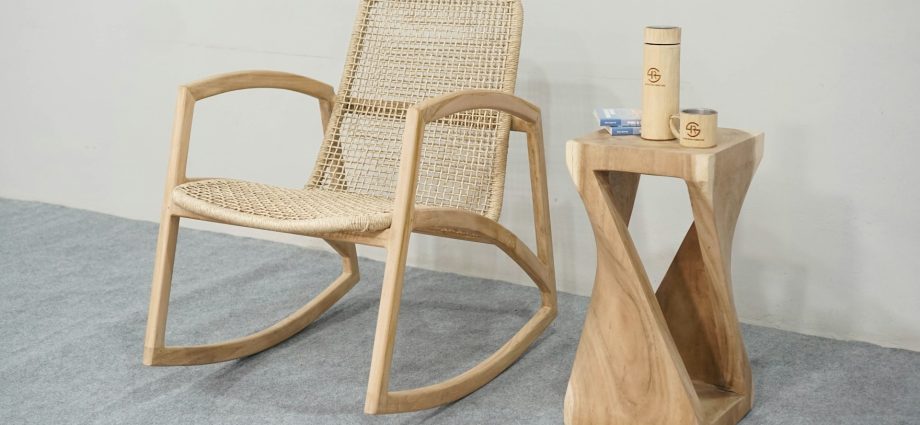Photo by Krisna Putra Pratama on Unsplash
In an age where convenience often trumps craftsmanship, flat-pack furniture has become the default choice for many city dwellers. Its low cost, quick delivery, and ease of assembly make it appealing, especially for renters and first-time homeowners. Yet, a quiet but powerful counter-trend is emerging. Sydney custom joinery is enjoying a renaissance, redefining what it means to create lasting, meaningful interiors. Across the city, from modern apartments to heritage terraces, homeowners are rediscovering the value of bespoke craftsmanship – the kind that outlives trends, fits like a glove, and transforms the character of a space.
This resurgence is not merely aesthetic. It represents a larger cultural shift: a rejection of disposability and a renewed appreciation for quality, sustainability, and individuality. While flat-pack furniture promises speed, custom joinery delivers permanence. And in a world obsessed with minimalism and efficiency, that distinction is beginning to matter more than ever.
The Shortcomings That Sparked a Revival
Flat-pack furniture had its moment because it filled an immediate need. It was affordable, accessible, and – at first glance – looked stylish enough. But time has exposed its limitations. Manufactured to standard dimensions, it rarely fits seamlessly into real homes, especially in Sydney’s diverse architectural landscape, where sloping ceilings, uneven walls, and narrow hallways are the norm.
Beyond fit, flat-pack furniture often falters in durability. Made from particleboard or low-density MDF with laminated veneers, it doesn’t hold up to humidity, daily wear, or relocation. Drawers loosen, shelves sag, and finishes peel after just a few years. What seemed like a bargain quickly becomes landfill.
Homeowners are realising that custom joinery, though initially costlier, offers a better long-term return. Tailored solutions address every quirk of a home. Every millimetre counts, every join is reinforced, and every finish is chosen for both function and feel. Unlike modular furniture that merely occupies space, custom joinery completes it.
Craftsmanship That Honours Material and Detail
What truly distinguishes custom joinery from flat-pack furniture is its devotion to craft. Each piece is designed and built by skilled joiners who understand wood not as a commodity but as a living material with grain, weight, and temperament. These artisans employ time-honoured techniques – dovetail joints, mortise and tenon connections, hand-finished veneers – that no machine-made unit can replicate convincingly.
This meticulous attention to detail goes beyond aesthetics. It ensures structural integrity, alignment, and a sense of tactile luxury that mass production can never achieve. In Sydney, firms approach joinery as both architecture and art, creating pieces that merge with the home rather than simply occupying it.
Open a custom drawer and you’ll notice how smoothly it glides, how solid it feels, and how the grain runs continuously across panels. These subtleties are the soul of craftsmanship – the invisible quality that makes a room feel composed rather than constructed.
The Efficiency of Tailored Space
Space in Sydney’s homes, particularly in the inner city, is a precious commodity. Here, custom joinery has become a secret weapon for architects and homeowners who want to extract every ounce of function from limited square footage. Flat-pack units, restricted by standard sizing, often leave dead corners or awkward voids. Custom joinery, by contrast, treats every inch as an opportunity.
Under-stair spaces transform into storage hubs or compact home offices. Window alcoves become built-in seating with hidden compartments. Even awkward rooflines and narrow hallways can be turned into sleek, integrated systems that make the home feel larger.
Sydney Cabinet Makers note that custom joinery in small Sydney apartments regularly increases usable storage space by 30 percent or more compared to flat-pack alternatives. The difference is not just mathematical – it’s experiential. A home with well-planned joinery feels calmer, less cluttered, and infinitely more liveable.
Built to Last – and Built to Add Value
Perhaps the strongest argument for custom joinery is its longevity. High-quality materials, precision construction, and professional installation mean that custom pieces can last decades, often outliving the home’s occupants. The same cannot be said for mass-produced modular furniture, which is designed for disposability and rapid turnover.
Financially, bespoke joinery enhances property value. In Sydney’s competitive housing market, buyers recognise the appeal of integrated cabinetry, bespoke wardrobes, and custom kitchens. They see them not as additions, but as part of the home’s architectural integrity. A property with well-executed joinery commands both higher prices and faster sales.
According to Kaiko Design, homeowners who invest in tailored joinery often recover their expenditure through increased property valuation. Beyond resale value, however, there’s emotional value – the satisfaction of living among pieces that are uniquely yours, that age gracefully, and that tell a story of care and craftsmanship.
Seamless Aesthetic and Architectural Harmony
A key reason Sydney’s design community has embraced custom joinery is its ability to unify an interior. Off-the-shelf furniture, however sleek, tends to interrupt spatial flow. Custom joinery, on the other hand, reinforces it. Each line, proportion, and finish is considered in relation to the architecture.
When done right, joinery becomes an extension of the building itself – a continuation of ceiling lines, skirting boards, and wall planes. It frames views, defines zones, and conceals clutter. A well-designed joinery piece doesn’t shout for attention; it balances the room, making everything else feel intentional.
Design houses across Sydney are exploring this relationship between joinery and architecture. Houzz Australia features dozens of homes where built-in cabinetry acts as sculptural composition – curved bookshelves, concealed doors, and floating credenzas that bring fluidity to modern interiors. This sense of cohesion is impossible to achieve with prefabricated units.
The Modern Drivers of Bespoke Design
The custom joinery revival is not rooted in nostalgia alone. It’s driven by modern lifestyle demands and shifting aesthetic priorities. Homeowners today crave minimalism and integration – clean lines, hidden storage, and multifunctional design. Custom joinery aligns perfectly with these goals, allowing designers to conceal chaos behind calm, seamless surfaces.
Material authenticity is another driving force. People are growing weary of plastic veneers and imitation grains. They want to see and feel real wood, stone, and metal – materials that age with dignity. Local workshops, such as Lumber Furniture, highlight this return to tactile honesty, where craftsmanship meets environmental responsibility.
Sustainability also plays a major role. Custom joinery often uses FSC-certified timber, low-VOC finishes, and local production methods, reducing transportation emissions. When pieces are designed for permanence, the waste cycle slows, and resources are used more intelligently.
Technological innovation further accelerates the shift. Today’s bespoke joiners use digital modelling, CNC precision cutting, and integrated lighting or sensor systems to achieve results once considered impossible. These are handcrafted designs enhanced by technology – not replaced by it.
Conclusion: The Return of the Crafted Home
The resurgence of Sydney custom joinery represents more than a trend – it’s a philosophy. It’s about reclaiming permanence in a disposable world, about investing in pieces that tell stories instead of following templates. Flat-pack furniture may fill a gap, but bespoke joinery fills a home – with purpose, personality, and pride.
In the coming years, as sustainability, longevity, and individuality become non-negotiable design values, the choice between flat-pack and custom will grow even clearer. And in Sydney, where architecture meets artistry at every corner, the handcrafted will continue to outpace the mass-produced. The revival of custom joinery is not a return to the past – it’s a confident step toward a more thoughtful future.











